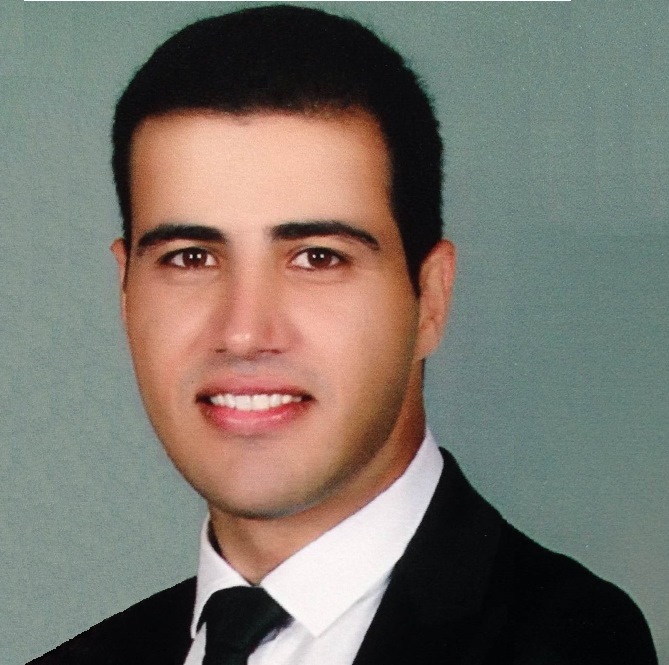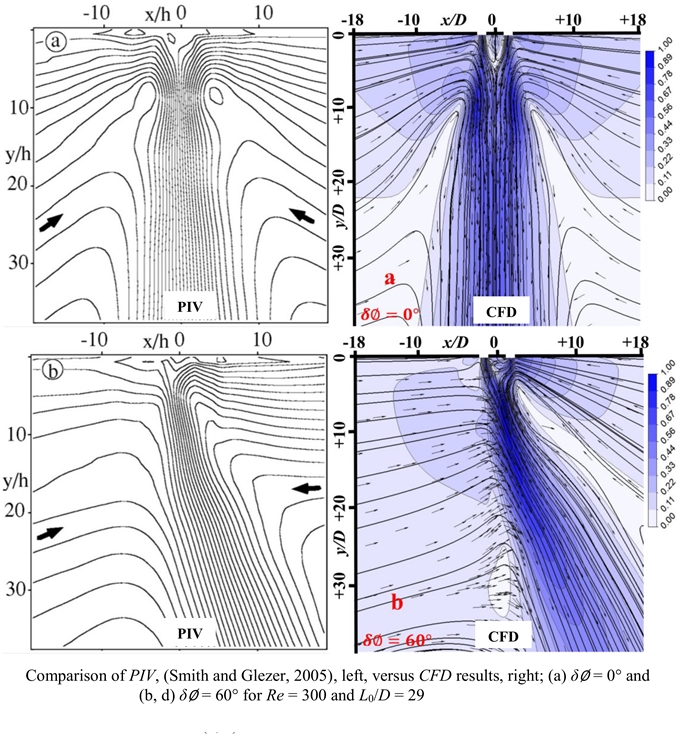Characterisation of fluid flow and heat transfer in unsteady jets

Sajad Alimohammadi ([javascript protected email address])
Sajad has obtained his PhD under the supervision of Dr. Tim Persoons and Prof. Darina B. Murray in April 2016 and is currently working as postdoctoral researcher for Dr. Tim Persoons. His PhD research focused on numerical and experimental characterization of convective heat transfer to unsteady impinging and co-flowing jet flows. Sajad graduated with a M.Sc.(Eng.) degree in 2010 from Sharif University of Technology.
Principal investigators
Prof. Darina Murray ([javascript protected email address], Tel: +353 1 896 1129)
Dr. Tim Persoons ([javascript protected email address], Tel: +353 1 896 1936)
To improve reliability and avoid premature failure in electronic devices, more efficient techniques must be used to dissipate the heat generated by devices. Thermal simulations can enable engineers to investigate and verify appropriate techniques at a very early stage of the design of the electronic device. It helps to optimise cooling techniques by providing a visual representation of the complicated heat dissipation phenomenon inside the device. Due to high heat transfer coefficients and the enhanced efficiency, impinging jets are known as a desirable method of heat removal. This study reports on a comprehensive project which aimed to establish and validate a robust yet low-cost computational fluid dynamics (CFD) methodology to predict the fluid flow and heat transfer of steady and unsteady impinging jets, using in-house detailed experimental measurements for validation.

The main focus of this project is on enhancing the accuracy of unsteady heat transfer results. This is done through three major stages, namely, steady jets, pulsating jets, and synthetic jets. The idea is to investigate these three stages considering the incremental progression of complexity in the flow configurations. This can lead to a modelling methodology which is capable of handling a wide range of application and conditions, e.g. steady or unsteady jets, free or impinging jets, and fixed or moving geometries. For steady jets, one of the main goals is to show that the model is valid for a wide range of operational and geometrical parameters, while keeping the computational cost low [1]. The motivation in the second stage for pulsating jets is to characterise the stagnation and area-averaged enhancements (or degradations) in convective heat transfer rate achieved by an unsteady flow such as pulsating jet, when compared to a steady jet, for an extended range of operating conditions. The results will be analysed in terms of the effect of different key parameters. This is accomplished by developing fitted correlations as functions of groups of modified dimensionless numbers that best collapse the averaged and stagnation heat transfer enhancement [2-4].

In the final stage, the most complicated case of unsteady synthetic jet with a moving geometry is studied. The formation, evolution and interaction of a pair of adjacent synthetic jets is investigated numerically using computational fluid dynamics and experimentally using particle image velocimetry (PIV). Full jet cavity simulations incorporating the diaphragm motion is performed using Mesh Deformation techniques. The results for both cases of phase-locked and out-of-phase jet flows are compared versus PIV measurements [5-6]. This leads to a better understanding of the fluid mechanics of adjacent synthetic jets and will deliver a theoretical basis to be used in the future for their application.
[1] Alimohammadi S., Murray D., and Persoons T., 2014, Experimental Validation of a CFD Methodology for Transitional Flow Heat Transfer Characteristics of a Steady Impinging Jet, Journal of Heat Transfer. HT-14-1049 136(9)
[2] Alimohammadi S., Persoons T., Murray D. B., 2015, “On the Numerical-Experimental Analysis and Scaling of Convective Heat Transfer to Pulsating Impinging Jets”, International Journal of Thermal Sciences, 98
[3] Alimohammadi S., Persoons T., and Murray D. B., 2014, “A numerical-experimental study of heat transfer enhancement using unconfined steady and pulsating turbulent air jet impingement”, Proc. 15th Int. Heat Transfer Conference IHTC15-8765 (Kyoto, Japan)
[4] Alimohammadi S., Dinneen P., Persoons T., and Murray D. B., 2014, “Thermal Management Using Pulsating Jet Cooling Technology”, Journal of Physics: Conference Series for Eurotherm Seminar 102 in Thermal Management of Electronic Systems
[5] Alimohammadi S., Fanning, E., Murray D. B. and Persoons T., 2015, “Fluid Flow & Heat Transfer in Adjacent Synthetic Jets”, 14th UK Heat Transfer Conference 2015 Edinburgh
[6] Alimohammadi S., Persoons T., Murray D. B., 2015, "Characterisation of Vectoring Phenomenon for a Pair of Adjacent Synthetic Jets: PIV and CFD approaches", (in review)
School of Engineering

